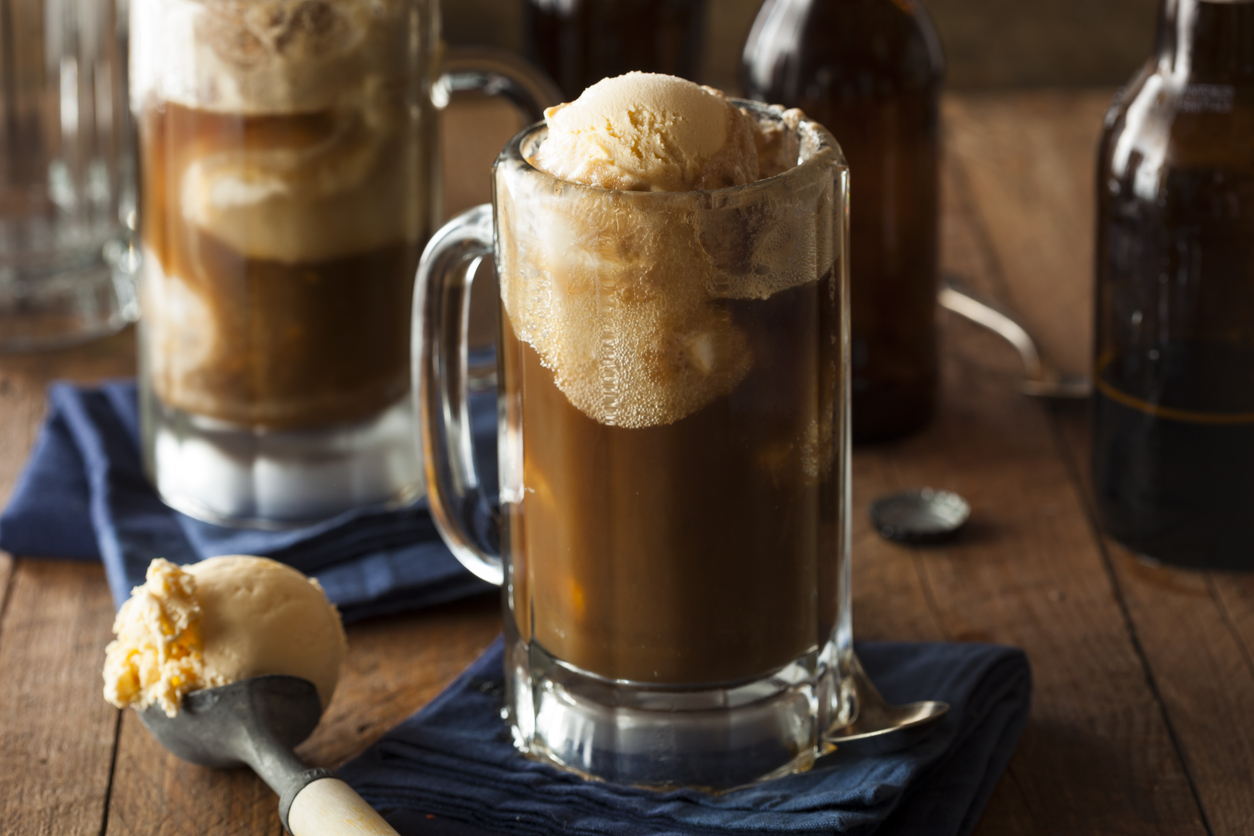A question I ask myself around this time of year: Is it wrong to enjoy ice cream in the fall? The heat may still be around, but everywhere you look, the world is telling you it is sweater weather. All of a sudden, the flavors you love pop up everywhere. It may just be the end of summer, but your desire for a pumpkin-spiced latte is at an all-time high. So buck the traditions you’re used to and splurge on a treat that everyone likes but only a few consider for fall. The delicious Ice Cream Float.
I’ve taken it upon myself to introduce to you the upgraded model. But I wouldn’t steer you down the path of a simple childhood beverage. I’m here to help you kick it up a notch with two words that make all my partygoers smile: “Beer Floats.” Yes, that time-honored tradition at every backyard pool party, the root beer float, with a great new twist for that beer lover in your life. This is a hit even on the coldest winter days.
1. When September 1st shows up on your calendar, what is the first thing you think of? …Hint? Pumpkin Spiced Ale, of course. So, how do I transform this particular beer flavor into a float? Well, it took some trial and error, but one night, I had some leftover vanilla ice cream and surprised myself when I took a pumpkin ale and made myself a pumpkin pie a la mode. I served these at my next party and even added some toasted gram cracker and sprinkled it on top for the full effect. A pleasant treat even among the confused, “It’s a drinkable pumpkin pie.” I said.
2. The next beer you could try as a float is one of those strong dessert beers. Beers that have been infused with flavors like salted caramel, crème brûlée or dulce de leche. A dark and flavorful style of brew that was created to be enjoyed as a dessert on its own, but why stop there? During my beer float creation, I pondered, “What could I do with these brews?”. Then it hit me. My wife is a lover of fruity chocolates. So, I experimented with mixing chocolate ice cream flavors with beer. These flavors can get real wild, especially if you consider all the different chocolate ice cream varieties. Taking a salted caramel beer and pouring it over chocolate truffle ice cream is mind-blowing. It was a delight for the senses and is now one of my wife’s favorite end-of-night treats.
3. Lastly, let’s say the only thing in your fridge is an Irish stout. What could you do with something like that? A stout is a hardy beer. They can be dense in flavor like robust bread but can carry subtle notes like coffee. But if we think of them as bread, then we can think of them as cake. Consider using a fruit-flavored frozen custard. If you are unfamiliar with frozen custard, it’s similar to your traditional ice creams, but they’re usually made with heavy cream instead of milk and have egg yolk for a deluxe flavor. Enjoy the roasted flavor of an Irish stout beer, but now think of it being poured over some peach frozen custard? Bam!!! Peach cobbler float. The same could be created with a soft stout and a nutty custard. A stout added to some pistachio ice cream is a treat I’ve had and enjoyed.
I know it might seem like an odd combination and a little offbeat, but that’s the beauty of flavor exploration. You can mix and match and have some fun creating a dessert once thought of as just a fun little thing for kids on a hot summer day by mixing flavors and experimenting, using your imagination, and enjoying the test results. If you want to have a taste of autumn and you happen to have a six pack, draft beer, or a keg at your disposal, do yourself a favor and look in the freezer; you might have the next big hit at your party.










